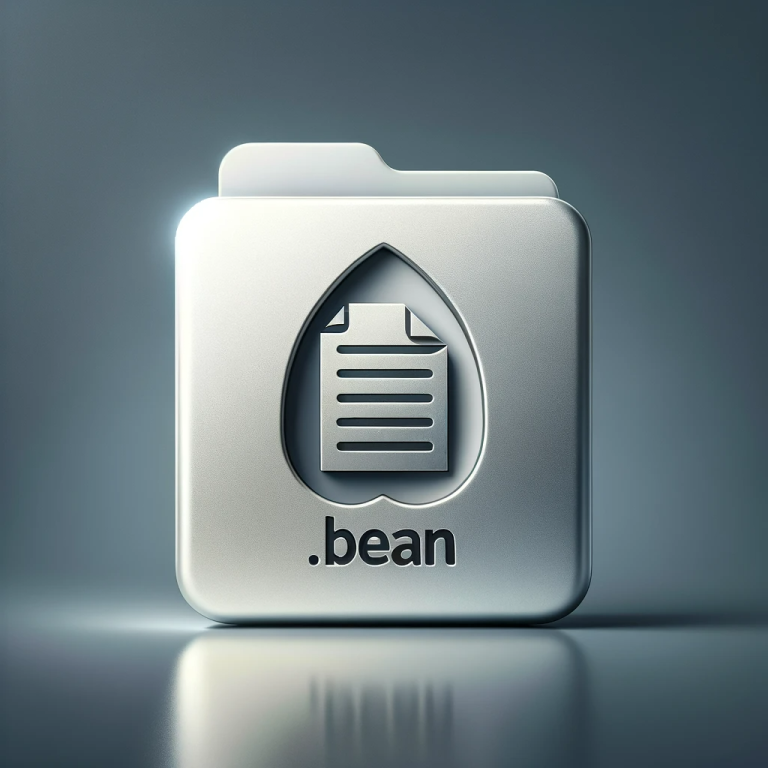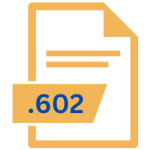.BEAN File Extension

Bean Rich Text Document
| Developer | Bean |
| Popularity | |
| Category | Text Files |
| Format | .BEAN |
| Cross Platform | Update Soon |
What is an BEAN file?
Files with the .BEAN extension are a unique and specialized type of file format used for a variety of purposes. These files contain structured data and are designed to store information in a specific way.
Understanding the origin, history, file structure, and how to work with .BEAN files is crucial for anyone who encounters them in their digital endeavors.
More Information.
The history of .BEAN files is closely tied to the software or systems they were created for .BEAN files were introduced to facilitate the storage and retrieval of structured data.
The initial purpose was to offer a convenient and efficient means of organizing and managing specific types of information within the software or system for which they were designed.
Origin Of This File.
The .BEAN file extension has a relatively recent origin, and it is not as widely recognized as more common file formats like .txt or .jpg.
These files were developed for specific applications and are primarily used within those contexts. The origins of .BEAN files can be traced back to specialized software or proprietary systems where they serve a specific function.
File Structure Technical Specification.
The structure of .BEAN files varies depending on the software or system that generates them. However, they generally follow a structured format, often in the form of a binary or XML file.
These files contain data fields and attributes relevant to the specific purpose they serve. The technical specifications for .BEAN files can be proprietary and may require specialized software or documentation to fully understand and work with them.
How to Convert the File?
Windows:
- Identify Software: Determine the software that originally created the .BEAN file, as it may have built-in conversion features.
- Use Software’s Conversion Functionality: Open the software and look for an option to convert the .BEAN file. This feature may be under “File” or “Export” in the software’s menu. Follow the prompts to choose the output format and convert the file.
- Third-Party Software: If the original software lacks conversion options, search for third-party conversion software compatible with .BEAN files. Download and install it, then use the software to convert the .BEAN file.
Linux:
- Check for Native Support: Linux often relies on software compatibility. Check if the Linux distribution you’re using has native support for .BEAN file conversion. If not, proceed to the next step.
- Use Cross-Platform Conversion Tools: Explore third-party cross-platform conversion tools designed to run on Linux. These tools may support .BEAN file conversion. Install the tool, specify the input .BEAN file, select the desired output format, and initiate the conversion.
Mac:
- Check for Native Support: macOS may have native support for .BEAN file conversion depending on the application used to create the file. Check if the software that generated the .BEAN file is available on macOS and offers conversion options. If not, proceed to the next step.
- Use Cross-Platform Conversion Tools: Similar to Linux, consider using third-party cross-platform conversion tools designed to work on macOS. Download and install a suitable tool, then follow the steps to convert the .BEAN file to your desired format.
Android:
- Install a Conversion App: Search for a conversion app on the Google Play Store that claims to support .BEAN files. Download and install the app on your Android device.
- Convert Using the App: Open the conversion app and follow its instructions to select the .BEAN file you want to convert. Choose the output format and initiate the conversion process within the app.
iOS:
- Search for Conversion Apps: Visit the App Store on your iOS device and search for conversion apps that claim to support .BEAN files. Download and install a suitable app.
- Use the Conversion App: Launch the conversion app and follow its interface to select the .BEAN file for conversion. Specify the desired output format and initiate the conversion process within the app.
Advantages And Disadvantages.
Advantages:
- Structured Data: .BEAN files are designed to store structured data, making it easy to organize and retrieve information.
- Efficiency: They are typically efficient in terms of data storage and retrieval within their intended software or system.
- Purpose-Built: .BEAN files are tailored to serve a specific purpose, ensuring that they are optimized for their intended use case.
Disadvantages:
- Proprietary: .BEAN files are often associated with proprietary software or systems, limiting their compatibility with other applications.
- Limited Recognition: Due to their specialized nature, .BEAN files may not be widely recognized or supported by common software programs.
- Complexity: Working with .BEAN files may require a deep understanding of the specific software or system that generates them, making them challenging for users unfamiliar with the ecosystem.
How to Open BEAN?
Open In Windows
- Ensure you have the relevant software installed.
- Double-click the .BEAN file, or use the software’s open dialog to locate and open the file.
Open In Linux
- Install any required software for .BEAN file support (if available for Linux).
- Use the appropriate command-line or GUI tool to open the file, following the software’s guidelines.
Open In MAC
- Install the necessary software, if available for macOS.
- Use the software’s open function to load the .BEAN file.
Open In Android
- Check if there are any Android applications compatible with .BEAN files available on the Google Play Store.
- If available, download and install the app, and then use it to open the .BEAN file.
Open In IOS
- Search for iOS applications designed to work with .BEAN files on the App Store.
- Download and install the relevant app, and then use it to open the .BEAN file.
Open in Others
- Look for specialized software designed to work with .BEAN files. Install and use this software if available.
- Try opening the .BEAN file in a text editor to examine its raw contents for patterns or structures. This method may not always work for complex or binary files.













